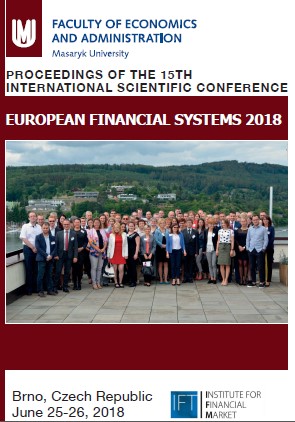Efficiency of Banks in Slovak Republic
Efficiency of Banks in Slovak Republic
Author(s): Eva Horvátová
Subject(s): Business Economy / Management, Economic history, Transformation Period (1990 - 2010), Present Times (2010 - today), Accounting - Business Administration
Published by: Masarykova univerzita nakladatelství
Keywords: technical efficiency of banks; data envelope analysis;
Summary/Abstract: The objective of this article is to examine the efficiency of Slovak banks in the time period 2000-2013. Slovak banking system faced serious problems connected with the process of transformation of the Slovak economy. They were manifested by difficulties in obtaining of long-term resources, with keeping of capital adequacy requirements and with the rapid growth of the non-performing loans. Transformation and privatization of large banks led to improvement of financial stability and efficiency of banking sector. As first we used a combination of fixed assets and staff costs as input and net interest margin as output in terms of CCR and BCC-I models. In the next analysis we used the combination of three factors - fixed assets and loan-loss provisions as inputs and volume of credits as output in terms of CCR and BCC-I models. Both cases show that the banks in Slovakia have too many fixed assets and high personnel costs with respect to the measured outputs; to the loans and to the net interest margins.
Book: European Financial Systems 2018 - Proceedings of the 15th International Scientific Conference
- Page Range: 180-188
- Page Count: 9
- Publication Year: 2018
- Language: English
- Content File-PDF

